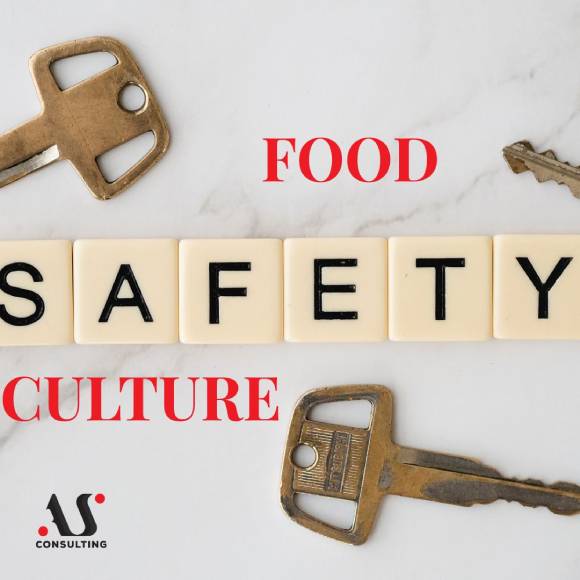
HOW TO SUCCESSFULLY PASS GFSI AUDIT
April 21, 2024
IFS HPC STANDARD
June 20, 2024The requirements of recognized GFSI standards are very clearly defined, and their interpretation and understanding truly pose no problem. However, there are concepts that make a significant difference when interpreting certain requirements, so if you haven’t paid attention to this before, here’s a useful guide on how to make your job easier during implementation.
The part related to documentation is easy and fun—all you need to do is clearly follow each requirement of the standard: the advice is to read the requirement carefully and to use a glossary of terms, which is an integral part of every standard. This is especially important for understanding what is mandatory (“must” or “shall”) and what is a recommendation (“may” or “should”).
Also, you’ve surely wondered when it’s necessary for something to be documented and when it’s not. Here’s the interpretation:
- “Documented” – must exist in written form
- “Implemented” – must be carried out
- “Maintained” – will be kept updated and regularly reviewed for continuous improvement
Next, what you must know are the pillars of each GFSI standard, which are:
- Food (Product) Safety
- Food (Product) Quality
- Compliance with Legal Requirements
- Authenticity
- Meeting Customer Requirements
It’s necessary that through each standard requirement, the quality, authenticity, and safety of food are not compromised, that legal requirements related to the product are respected, as well as customer requirements. Failure to comply with any of the “pillars” of the standard results in assessments that lead to the loss or non-achievement of certification.
Each standard requirement can be assessed with a significant non-conformance if objective evidence determines that failure to meet the requirement leads to compromising the quality, safety, authenticity of the product, or if legal requirements or customer requirements are not met.

We’ll mention three more important concepts, which are sometimes confused or not well understood:
- Validation = Before
- Monitoring = During
- Verification = After
According to the glossary of terms, validation is “Obtaining evidence through providing objective evidence that a control or measure, if properly implemented, is capable of delivering a specific outcome” (BRC standard version 9); or:
validation is “Confirmation, through providing objective evidence, that the requirements for a specific intended use or application are met” (IFS standard, version 8).
Monitoring is “A planned sequence of observations or measurements of defined control parameters to assess whether predetermined limits are being met” (BRC standard, version 9) or:
monitoring is “Determining the status of a system, process, product, service, or activity. For control measures defined for CCP and other control measures: the act of carrying out a planned sequence of observations or measurements of control parameters to assess whether the control measures defined for CCP and other control measures are under control.”
Verification is “Confirmation, through providing objective evidence, that specified conditions have been fulfilled” (IFS standard, version 8) or:
verification is “The application of methods, procedures, tests, and other evaluations, in addition to monitoring, to determine whether a control or measure is functioning or has functioned as intended” (BRC standard, version 9).
And perhaps the most significant concept appearing throughout a large number of standard requirements is “based on risk“ or “Risk based”:
A documented explanation is expected:
- General explanations of why the company has chosen to implement certain measures, based on the risks of its products/processes, OR
- Explanations, relying on hazard analysis conducted within the HACCP plan.

For a better understanding of standard requirements, seek out some of the numerous training programs offered by our Agency. Additionally, we tailor training to your needs and requirements. Let’s get started!!!




